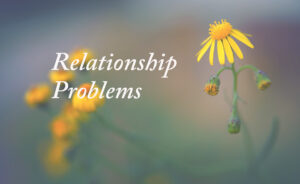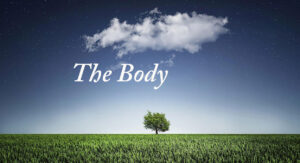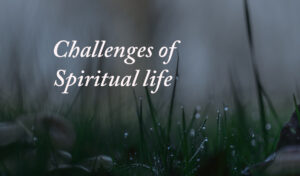Getting angry, screaming, fighting are far worse things than friendship. Friendship has never been a taboo in the Ashram as long as it doesn’t lead in the direction of an inner ruin, either through sexual indulgences or quarrels and clashes. Even then, each sadhak is given a lot of freedom to go through their own experiences and learn their lessons and grow, as long as his popensities of character do not become a problem for the collective life or disturb the atmosphere. Here is a letter of Sri Aurobindo on the subject.
‘Affection, love, tenderness are in their nature psychic,—the vital has them because the psychic is trying to express itself through the vital. It is through the emotional being that the psychic most easily expresses, for it stands just behind it in the heart centre. But it wants these things to be pure. Not that it rejects the outward expression through the vital and the physical, but as the psychic being is the form of the soul, it naturally feels the attraction of soul to soul, the nearness of soul to soul the union of soul with soul are the things that are to it most abiding and concrete. Mind, vital, body are means of expression and very precious means of expression, but the inner life is for the soul the first thing, the deepest reality, and these have to be subordinated to it and conditioned by it, its expression, its instruments and channel. I do not think that in my emphasis on the inner things, on the psychic and spiritual, I am saying anything new, strange or unintelligible. These things have always been stressed from the beginning and the more the human being is evolved, the more they take on importance. I do not see how Yoga can be possible without this premier stress on the inner life, on the soul and the spirit. The emphasis on the mastery of the vital, its subordination and subjection to the spiritual and the psychic is also nothing new, strange or exorbitant. It has been insisted on always for any kind of spiritual life; even the Yogas which seek most to use the vital, like certain forms of Vaishnavism, yet insist on the purification and the total offering of it to the Divine—and the relations with the Divine are an inner realisation, the soul offering itself through the emotional being. The soul or psychic being is not something unheard of or incomprehensible.
Absence of love and fellow-feeling is not necessary for nearness to the Divine; on the contrary, a sense of closeness and oneness with others is a part of the divine consciousness into which the sadhak enters by nearness to the Divine and the feeling of oneness with the Divine. An entire rejection of all relations is indeed the final aim of the Mayavadin, and in the ascetic Yoga an entire loss of all relations of friendship and affection and attachment to the world and its living beings would be regarded as a promising sign of advance towards liberation, Moksha; but even there, I think, a feeling of oneness and unattached spiritual sympathy for all is at least a penultimate stage, like the compassion of the Buddhist, before the turning to Moksha or Nirvana. In this Yoga the feeling of unity with others, love, universal joy and Ananda are an essential part of the liberation and perfection which are the aim of the sadhana.
On the other hand, human society, human friendship , love, affection, fellow-feeling are mostly and usually—not entirely or in all cases—founded on a vital basis and are ego-held at their centre. It is because of the pleasure of being loved, the pleasure of enlarging the ego by contact, mutual penetration of spirit, with another, the exhilaration of the vital interchange which feeds their personality that men usually love—and there are also other and still more selfish motives that mix with this essential movement. There are of course higher spiritual, psychic, mental, vital elements that come in or can come in; but the whole thing is very mixed, even at its best. This is the reason why at a certain stage with or without apparent reason the world and life and human society and relations and philanthropy (which is as ego-ridden as the rest) begin to pall. There is sometimes an ostensible reason—a disappointment of the surface vital, the withdrawal of affection by others, the perception that those loved or men generally are not what one thought them to be and a host of other causes; but often the cause is a secret disappointment of some part of the inner being, not translated or not well translated into the mind, because it expected from these things something which they cannot give. It is the case with many who turn or are pushed to the spiritual life. For some it takes the form of a vairāgya which drives them towards ascetic indifference and gives the urge towards Moksha. For us, what we hold to be necessary is that the mixture should disappear and that the consciousness should be established on a purer level (not only spiritual and psychic but a purer and higher mental, vital, physical consciousness) in which there is not this mixture. There one would feel the true Ananda of oneness and love and sympathy and fellowship, spiritual and self-existent in its basis but expressing itself through the other parts of the nature. If that is to happen, there must obviously be a change; the old form of these movements must drop off and leave room for a new and higher self to disclose its own way of expression and realisation of itself and of the Divine through these things—that is the inner truth of the matter.’
-Sri Aurobindo
Affectionately,
Alok Da



